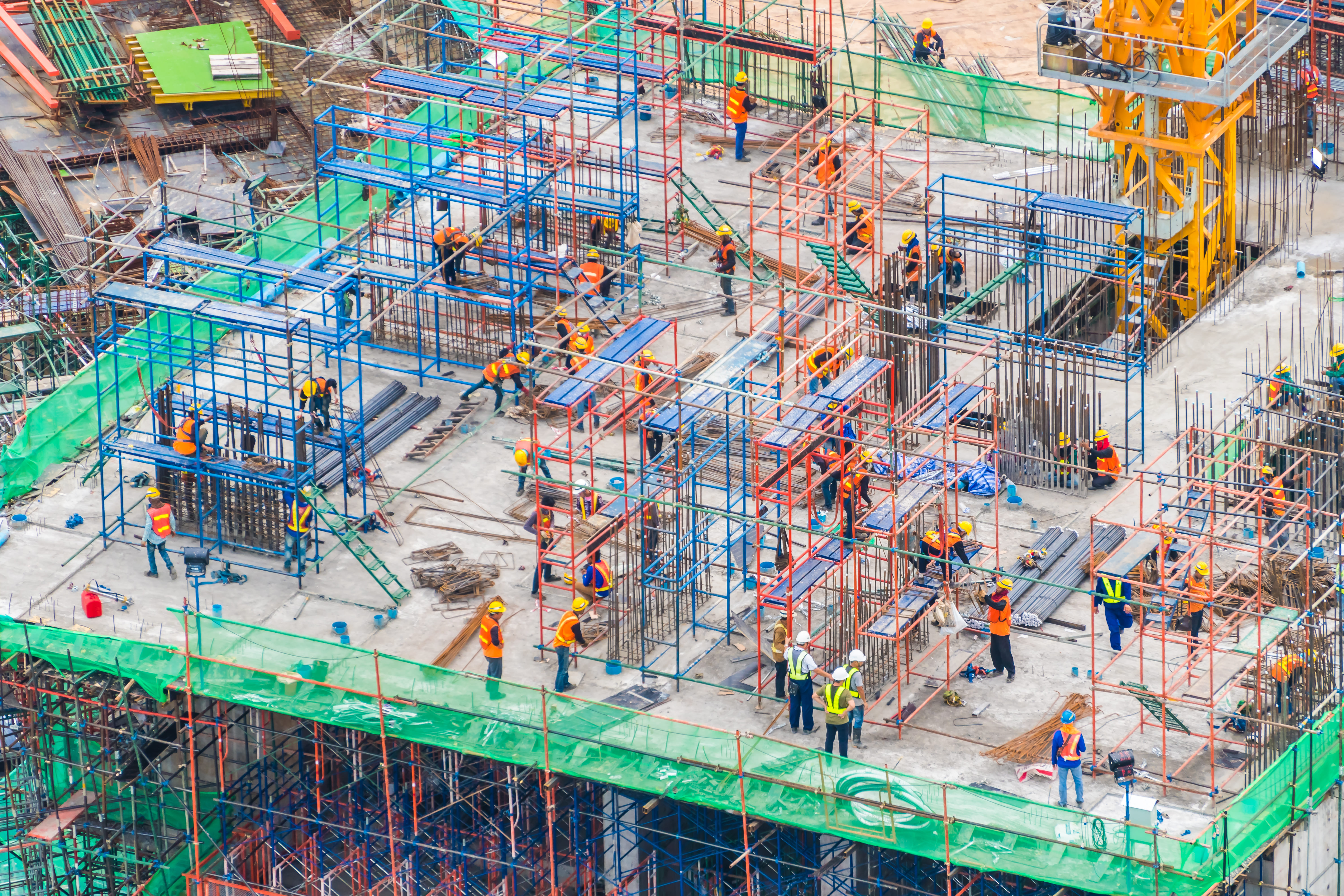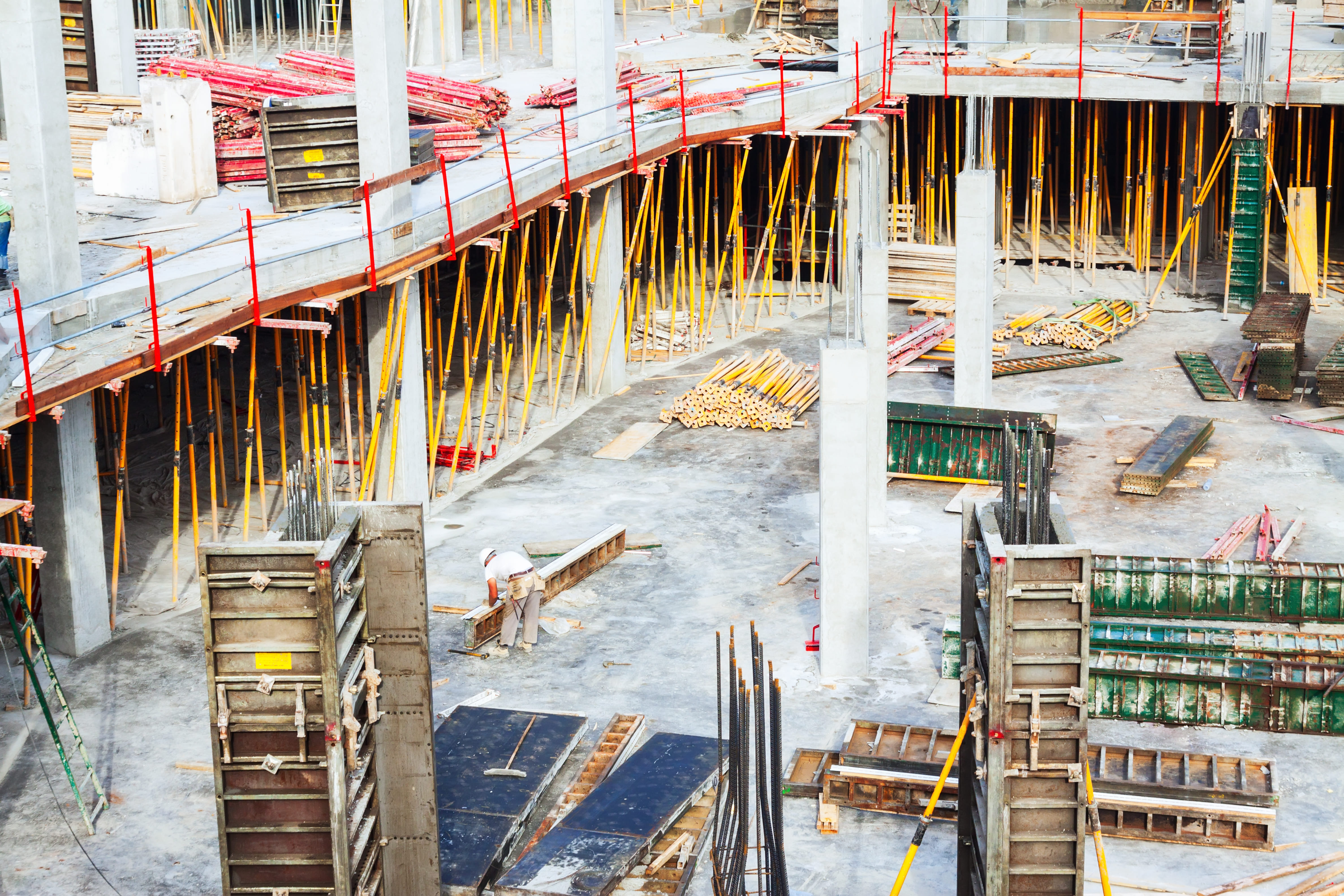Designing staging scaffolding and shuttering involves several tasks and considerations to ensure structural safety, functionality, and efficiency. Here's a breakdown of the tasks and key points to consider:
Tasks in Designing Staging Scaffolding and Shuttering
Understand the Project Requirements:
Assess the structure type (e.g., bridge, building, tower).
Identify the load requirements (dead load, live load, wind load, etc.).
Determine the height, span, and other dimensional parameters.
Consider environmental factors (e.g., wind speed, seismic activity).
Selection of Materials:
Choose suitable materials for scaffolding and shuttering (e.g., steel, aluminum, timber, plywood).
Ensure material strength and durability.
Determine the height, span, and other dimensional parameters.
Evaluate compatibility with the construction environment.
Structural Analysis and Design:
Calculate loads on staging and shuttering (including safety factors).
Design for lateral stability, buckling resistance, and load distribution.
Ensure that the system can support workers, equipment, and materials.
Layout and Configuration:
Plan the placement and arrangement of staging and shuttering.
Optimize the design for ease of assembly and disassembly. Include provisions for access, movement, and safety.
Detailing Components:
Design individual components such as ledgers, transoms, verticals, braces, and jacks.
Specify joint types (e.g., pin-jointed, coupler connections).
Determine the spacing and alignment of members.
Safety Features:
Incorporate guardrails, toe boards, and safety harness anchors.
Provide access ladders and platforms where required.
Design for stability under accidental impacts or overloads.
Quality Control and Standards Compliance:
Follow relevant codes and standards (e.g., IS 2750, IS 800, Eurocodes).
Ensure materials meet specified quality grades.
Perform load testing and safety inspections.
Economic Considerations:
Optimize material usage to minimize costs without compromising safety.
Evaluate the reusability of scaffolding and shuttering materials.
Plan for efficient labor utilization during erection and dismantling.
Preparation of Drawings and Documentation:
Create detailed drawings showing the layout, dimensions, and specifications.
Provide instructions for assembly, use, and disassembly.
Document calculations, assumptions, and material properties.
Risk Assessment and Management:
Identify potential risks (e.g., collapse, worker safety, environmental impacts).
Develop mitigation strategies and emergency response plans.
Train workers on safe usage practices.
Key Points in the Design of Staging Scaffolding
Load Capacity: Include allowances for all expected loads with appropriate safety factors
Stability and Bracing:
Ensure the system is braced to resist lateral loads and prevent sway.
Check for overturning or sliding under load conditions.
Foundation and Base:
Provide adequate baseplates, soleplates, or footings.
Ensure the ground or surface can bear the imposed loads.
Modular and Adjustable Design:
Use modular components for adaptability and ease of assembly.
Include adjustable jacks for leveling on uneven surfaces.
Erection Sequence:
Plan the staging erection sequence to avoid instability during construction.
Provide intermediate supports if required for temporary conditions.
Key Points in the Design of Shuttering
Surface Finish: Choose shuttering materials that provide the desired concrete finish.
Alignment and Level: Design to ensure proper alignment, levels, and dimensions of the finished structure.
Deflection Control: Limit deflections of shuttering to avoid imperfections in the concrete.
Joint Tightness: Ensure joints are tight to prevent leakage of cement slurry.
Ease of Removal: Design shuttering for easy removal without damaging the concrete or structure.
Reuse and Maintenance:
Use materials that can be reused multiple times.
Ensure components are easy to clean and maintain.
Proper planning and attention to these points during the design phase ensure that staging scaffolding and shuttering systems are safe, efficient, and cost-effective for construction projects.




